Hydropower: A Powerful and Sustainable Energy Source
Hydropower: A Powerful and Sustainable Energy Source

In the global shift towards cleaner, renewable energy, hydropower remains one of the most reliable and sustainable sources of electricity. As the world looks beyond fossil fuels, it’s important to recognize hydropower as a key player in the transition towards green energy. But how does a hydroelectric dam work?
How a Hydroelectric Dam Works
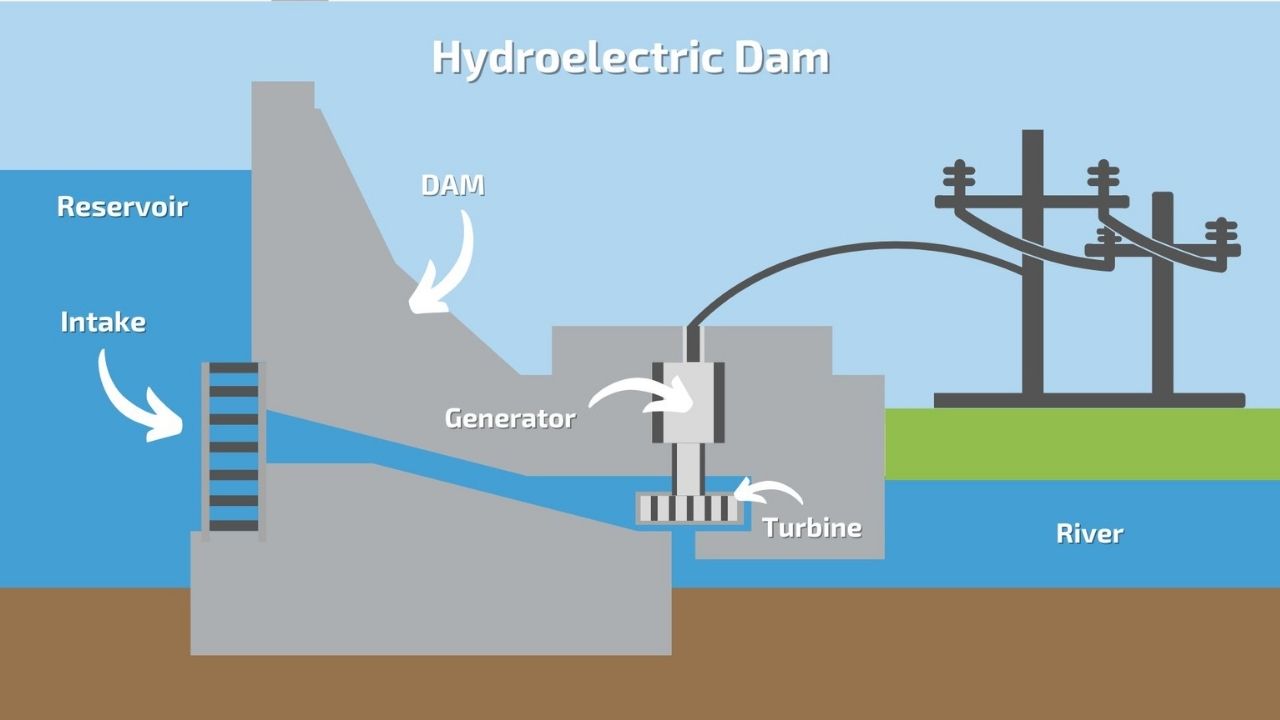
A hydroelectric dam uses the force of water to generate electricity by harnessing both the potential and kinetic energy of water. Here’s how it works:
- Reservoir Storage: A hydroelectric dam creates a large reservoir by blocking a river. The stored water behind the dam is held at a high elevation, giving it potential energy. The higher the water level, the more energy it can store.
- Controlled Water Release: When electricity is needed, gates in the dam (called sluice gates) open, allowing water from the reservoir to flow down through large pipes called penstocks. As the water flows down, its potential energy is converted into kinetic energy due to gravity.
- Turbine Activation: The fast-flowing water hits and spins the blades of a turbine. The turbine is mechanically connected to a generator, so when it spins, it drives the generator.
- Power Generation: Inside the generator, the turbine’s motion causes magnets to spin within a coil of wire. This process generates an electric current, which is then transmitted to the power grid for distribution to homes and businesses.
- Water Release: After passing through the turbine, the water is released downstream, returning to the river. The water isn't consumed in the process, making it an ongoing, renewable source of energy.
This system allows hydroelectric dams to generate large amounts of electricity efficiently and on-demand. Additionally, the water flow can be adjusted to meet varying energy needs, making it a flexible power source.
1. Sustainable and Renewable

Hydropower is generated by harnessing the energy from flowing water, typically from rivers or reservoirs. This makes it a renewable energy source because the water cycle is continuously replenished by rainfall and natural processes. Unlike fossil fuels, which are finite and contribute to pollution, hydropower relies on the Earth’s natural water cycle, ensuring it’s both sustainable and non-polluting.
2. Reliable and Consistent

Unlike solar or wind energy, which can fluctuate based on weather conditions, hydropower is highly reliable. Water flow can be controlled to generate power on demand, making it a consistent energy source. Large-scale hydroelectric dams can store water in reservoirs, allowing them to produce electricity even during dry seasons or when energy demand is high.
3. Low Greenhouse Gas Emissions
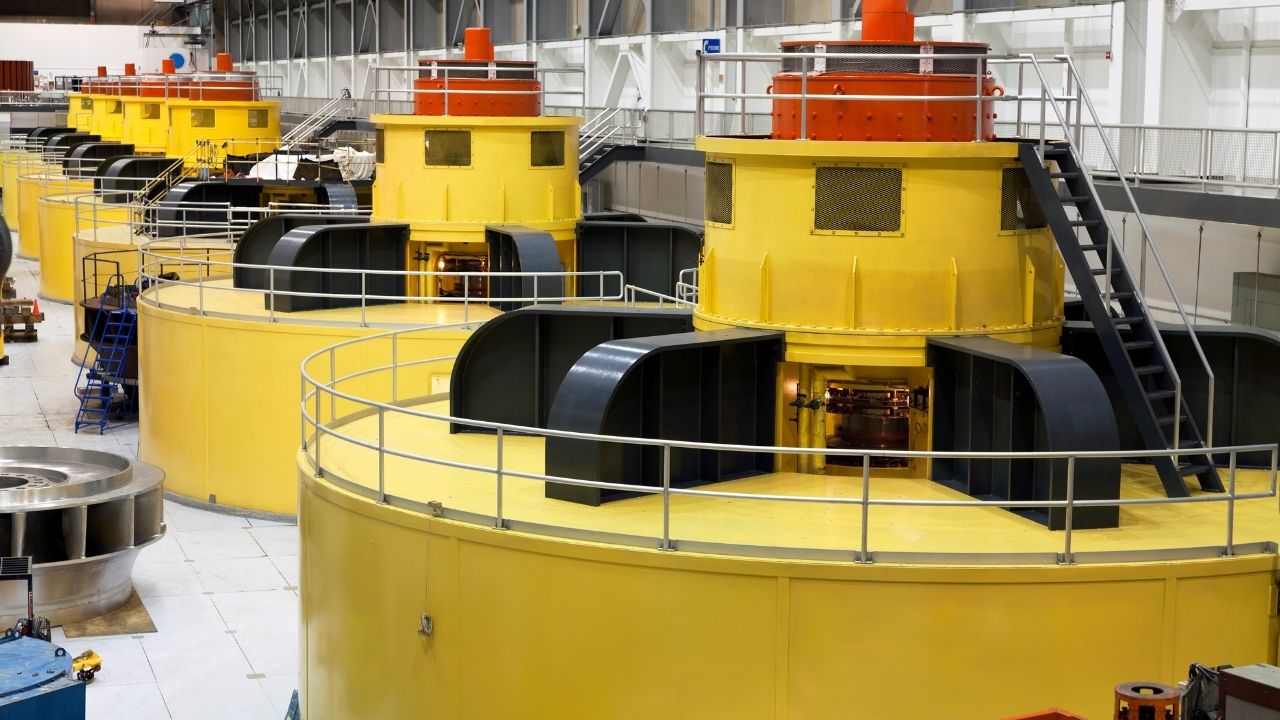
One of the most significant advantages of hydropower is its minimal greenhouse gas emissions. Once a dam is built and operational, the energy produced is largely free from carbon emissions. This makes hydropower a great way to reduce our reliance on coal, oil, and natural gas, all of which contribute to climate change.
4. Cost-Effective Over Time
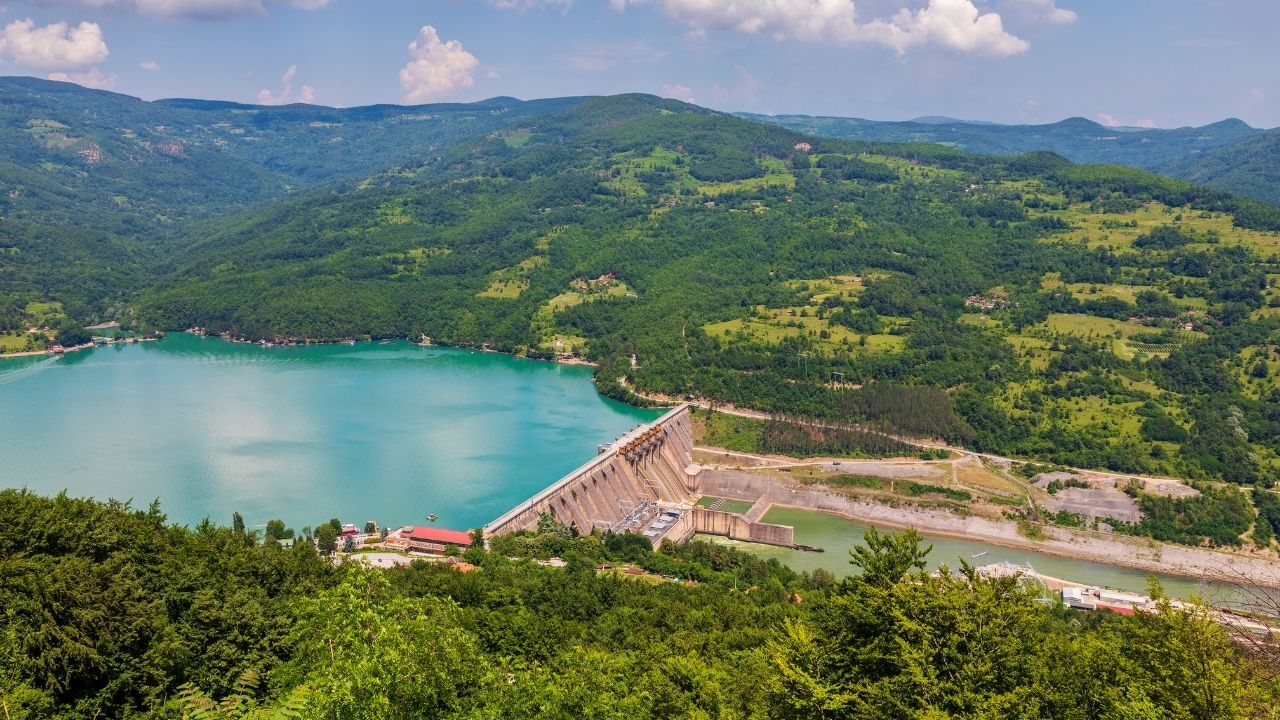
While the initial construction costs for hydroelectric dams can be high, they tend to be very cost-effective over their lifespan. Hydroelectric plants have long operational lives, often lasting 50 to 100 years with proper maintenance. This long-term production of energy at a low cost makes hydropower economically beneficial, especially in areas with abundant water resources.
5. Multiple Uses of Reservoirs
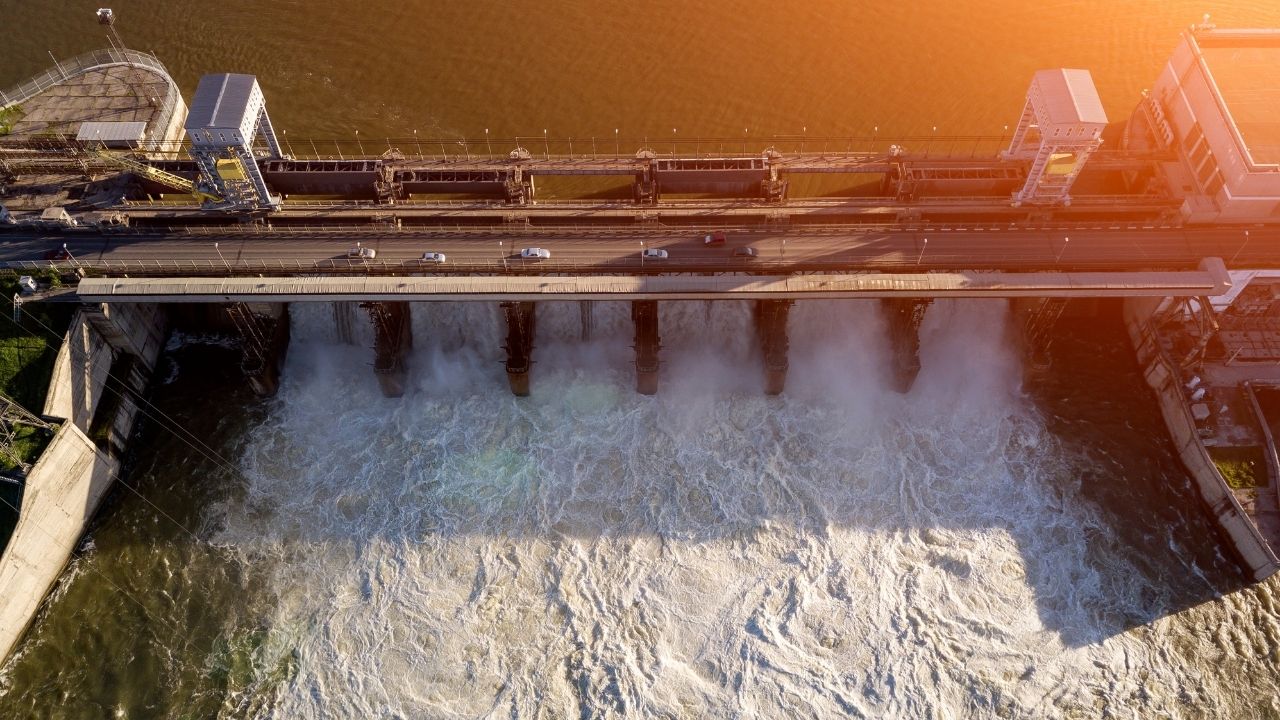
Hydroelectric dams, especially those with large reservoirs, provide additional benefits beyond energy generation. Reservoirs can support irrigation, provide drinking water, offer recreational opportunities, and help with flood control. These multifaceted uses make hydropower a valuable infrastructure investment for communities.
6. Challenges and Environmental Considerations
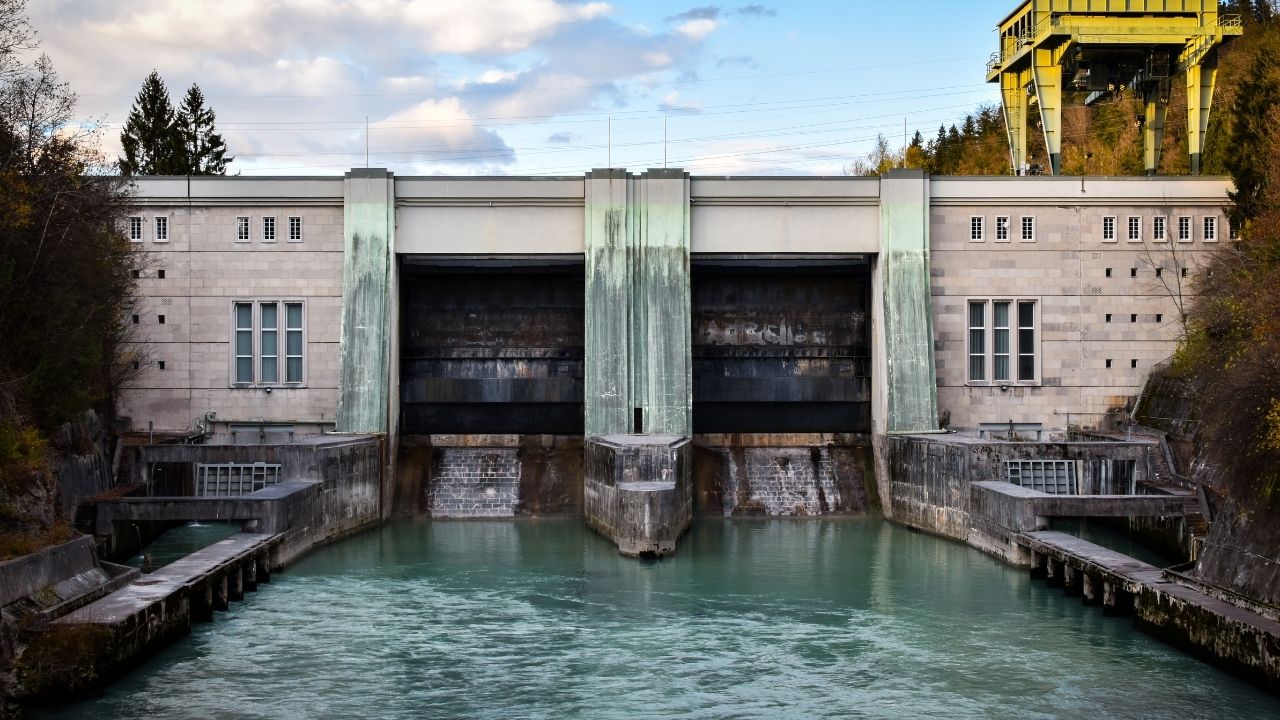
While hydropower offers many advantages, it is not without its challenges. Building large dams can disrupt local ecosystems, fish migration, and river health. In response to these concerns, newer hydropower technologies and designs are focusing on minimizing environmental impact, such as run-of-river systems that generate energy without large reservoirs or dams. Additionally, small-scale hydropower projects are being developed that can generate electricity without major ecological disruption.
Conclusion
Hydroelectric dams remain a crucial component of the renewable energy mix. Their ability to generate reliable, low-carbon energy makes them an essential tool in the fight against climate change. As technology continues to advance, hydropower’s potential will grow even further, making it a cornerstone of the global shift towards sustainable energy solutions.
For inquiries contact us thru:
Email: inquiry@buildeee.com
Phone: 0992-347-4372
Looking for apartments, condos, and houses? Contact us now!
https://property.buildeee.com/
Interested in applying for a Loan? Visit us via:
Let's get connected!
Facebook: www.facebook.com/buildeee
Instagram: www.instagram.com/buildeee
Youtube: www.youtube.com/@BuildeeeTV
TikTok: www.tiktok.com/buildeee
Twitter: www.twitter.com/@buildeeepro
LinkedIn: www.linkedin.com/buildeee
- #energy
- #water
- #dam
- #hydropower
- #saving energy
- #mother nature
- #flow





